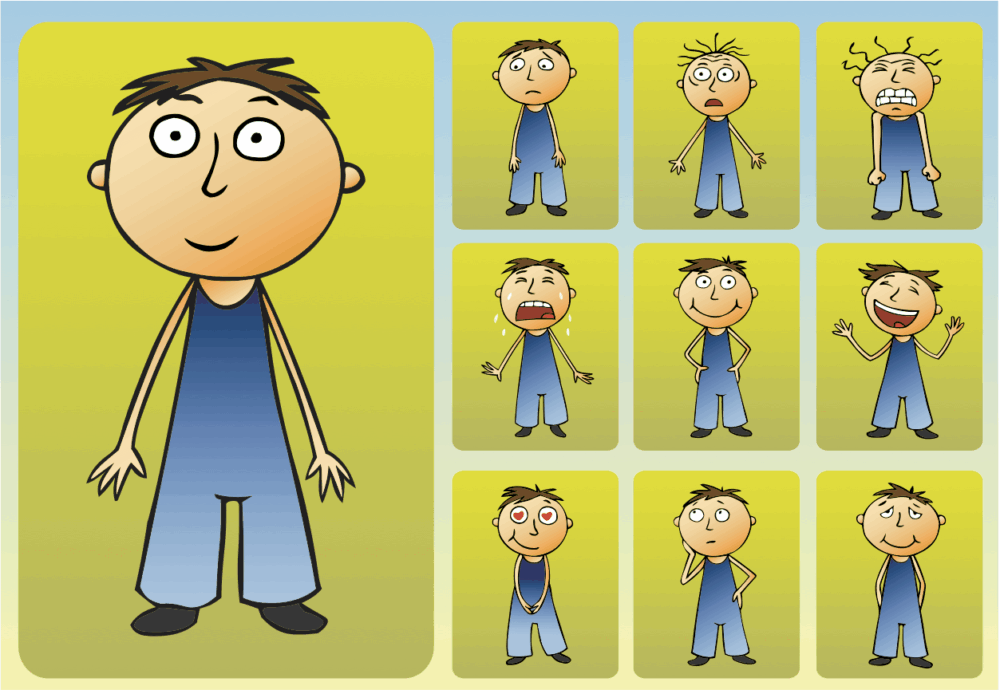Technique for Dealing with Unproductive Emotions
This technique is designed to help you work through unproductive emotions. For example, when you feel very angry in a situation but there’s no real reason for your anger. This method works well with basic feelings like fear and anger, but it can also be used for emotions like resentment, envy, and jealousy (though in those cases, this technique alone may not be enough).
The most important part of this process is to focus on your physical sensations—your body doesn’t lie, so your feelings will lead you to the real events behind your emotions.
In NLP, this technique is often done using a scale on the floor (either visual or physically drawn), but I’ve simplified it into a meditative version.
- Close your eyes and talk about the emotion that’s bothering you. What sensations does this emotion create in your body? How do you feel it? Describe it in detail.
(For example, fear might be felt in the center of your solar plexus or in your chest, as pressure, burning, etc.) - Now, travel back along your timeline to a past situation where you felt the same feelings and sensations. What do you see? What is the situation? How old are you?
(You only need to see the situation, not stay in it for long. If several situations come to mind, pick any one and talk about it. Focus only on the facts: “I’m in this room, these people are with me, I’m doing this, they’re doing that,” and that’s it—don’t go deeper.) - Check if you’re experiencing the same emotions right now. What do you feel in your body? Are the sensations the same or different?
Continue moving along your life timeline until you reach the very first situation that triggered these feelings. Even if you end up at a situation from when you were one year old or younger, you can still work with it. - Suppose you’re two years old, in a difficult situation, and feeling those same sensations. How could this situation be resolved in the best possible way? What would you want to do in this situation? How could you make sure it ends well for everyone involved?
(Most of the time, these situations aren’t as traumatic as they felt at the time. Help might come from a kind neighbor, a trustworthy adult, or even your wiser, adult self.)
The main goal is to find a way to resolve the situation so that both you and the other person come out positively, while also considering your own wishes. If you have a strong desire for revenge or to punish those who hurt you, try to imagine someone appearing who explains to them how wrong their actions were. - After you’ve changed the core situation, pay attention to your sensations—have they changed? What emotions are you feeling now? If everything feels good, you can move forward.
- Now imagine moving forward along your timeline to the situation that happened just before the key event. How does it unfold now? What’s happening in this situation? What do you feel and sense?
(Usually, the situation changes a bit, but even if it doesn’t, you’ll see it differently and feel different emotions.) - Continue moving through each situation along your timeline, and you can even look into the future (though I rarely do this). Imagine how you would feel if a similar situation happened to you in the future.
After using this technique, if you’ve found the key situation and, as you move forward along your timeline, you don’t feel discomfort, about 70-80% of the intensity of the emotion will disappear.



